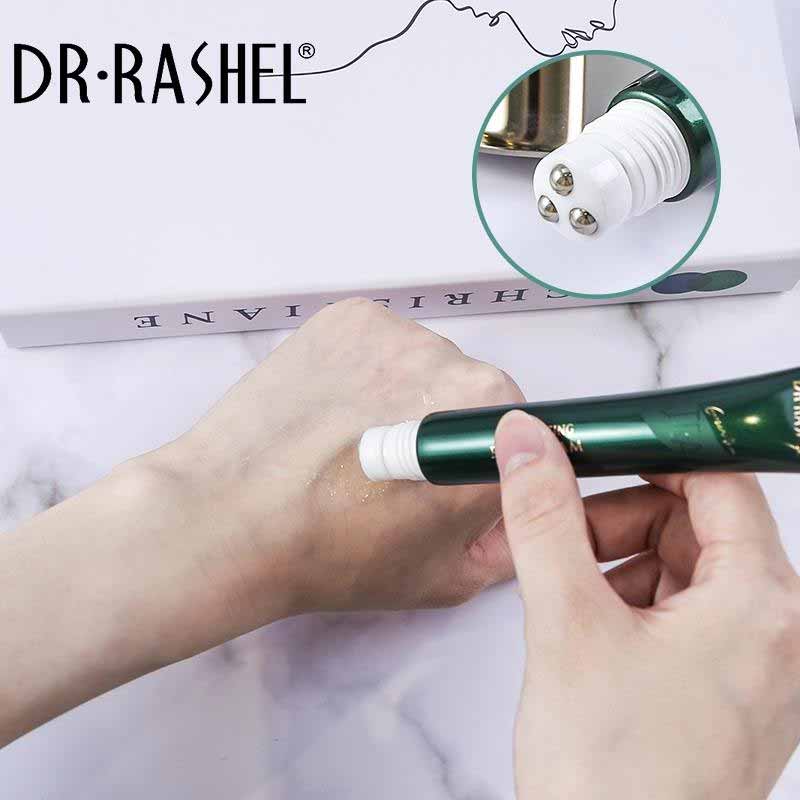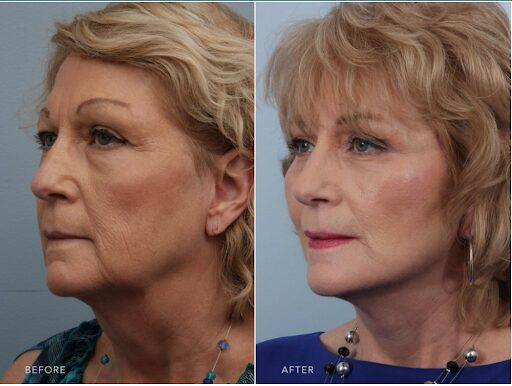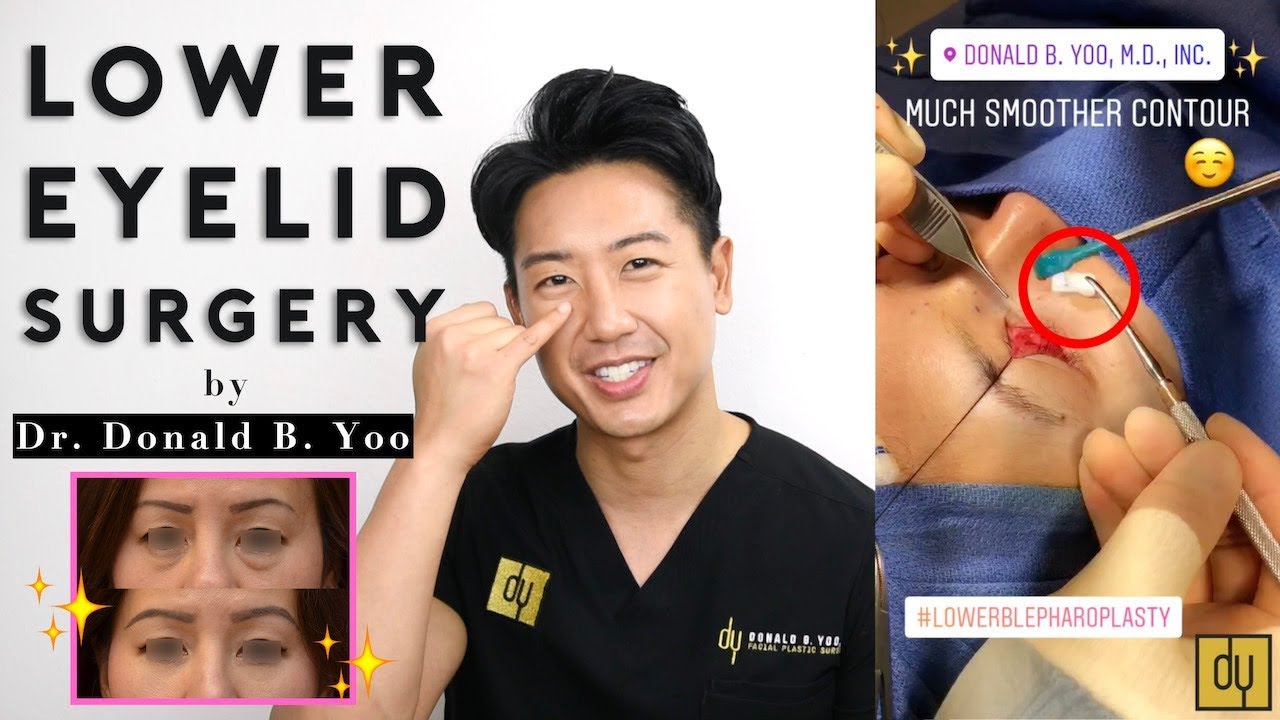
If you have been experiencing the symptoms of chalazion, you may want to consult your eye doctor. A thorough medical history will be taken by your doctor to assess your eye health. He or she will also examine the skin, lids, and eyelashes of your eyes. Your doctor will also check the texture and oil gland openings of your eyelashes, as well as the margins and edges. Most chalazions can be treated with minimal medical attention within a few weeks.
The symptoms
A chalazion is a lump on the eyelid. It can grow slowly but may enlarge over time and cause pain. It is not painful, but can cause eyelid inflammation or irritation. Your health care provider can make the diagnosis by looking at the eye and feeling the eyelid. If these symptoms continue, you may need to see a doctor. Fortunately, there are few serious problems associated with chalazion.
Although chalazion doesn't carry any infection, it's important you practice proper hygiene in order to reduce your risk. After handling your eyes, rinse your hands with soapy water. Make sure you clean your contacts. Your doctor will instruct you on how to wear contact lenses. Chalazion isn't contagious and can be caused from other conditions like stye. If you have persistent symptoms, your doctor can prescribe antibacterial medications.

Diagnosis
A physical examination can help diagnose chalazion. The doctor will inspect the eyes, eyelids and skin of the affected eye. It could be an indicator of infection or inflammation if the bump becomes large and painful. The eye specialist may perform a blood exam to rule out other underlying diseases. The patient may have blurred vision. If the condition is persistent or becomes recurrent, a doctor may refer the patient to an ophthalmologist.
Diagnosis of chalazion can be made clinically. It will be diagnosed with chalazion by taking thorough notes and performing a thorough exam. In the majority of cases, no further workup is required. If an alternative diagnosis is needed, a biopsy might be required. A majority of cases are benign and can generally be treated without any further testing. However, chalazion that recurs should be checked for underlying malignancy.
Treatment
The treatment for chalazion depends on the severity of the condition. People may experience irritation, pain, swelling, or irritation. In most cases, chalazion will clear up on its own within a few days. In severe cases, treatment may include antibiotic eye drops or surgery to remove the affected gland. Steroid injections might also be administered, but these can cause permanent skin darkening.
Although chalazion can't be contagious it is best to avoid touching the eyelids until it clears. If it continues to itch, an eye specialist may suggest steroid injections in order to reduce swelling. Patients may also be asked to wash their hands after removing contact lenses and touching their eyes. Contact lenses must be disinfected and disposed off according to a set schedule.

Recurrences
A chalazion can be described as a benign bump in the eyelid. Although the condition is usually not painful, it can sometimes be quite bothersome. Patients will only seek medical attention when the pain continues to worsen. Recurrences can be common in those who are predisposed to the condition. What should you do if you continue to experience these bumps and other symptoms? Continue reading to learn more about how to treat this condition.
Treatment is effective in most cases. Some cases of chalazion may recur but most do not. Recurrences can be caused by many factors. There may be underlying issues. A biopsy is a good option if you suspect an underlying problem. You can also exclude more serious conditions. However, it may be a risk factor in recurrent chalazion.